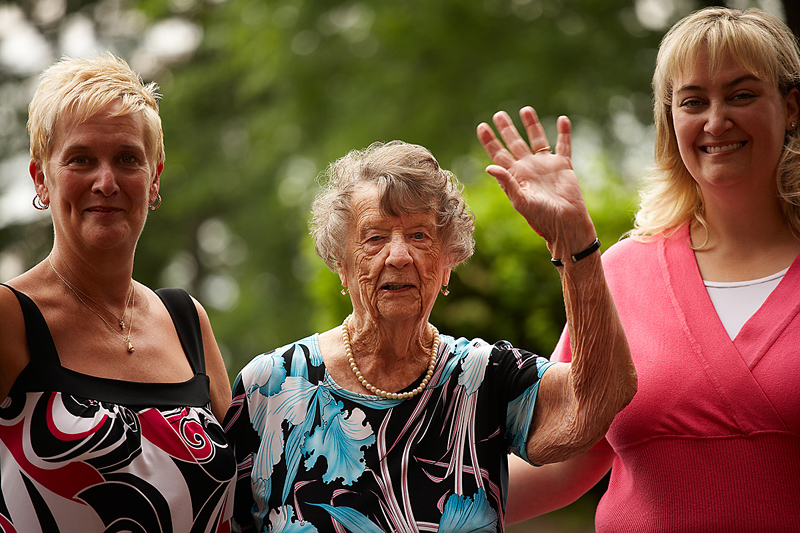FRIDAY, April 1, 2016 (HealthDay News) — People who live in bustling neighborhoods get at least 90 more minutes of exercise a week than other city dwellers, a new global study finds.
The study included more than 6,800 adults, aged 18 to 66, in 14 cities in 10 countries.
On average, study participants did 37 minutes a day of moderate to vigorous physical activity, such as brisk walking or more intense exercise. Among the cities in the study, Baltimore had the lowest average rate of activity (about 29 minutes a day) and Wellington, New Zealand, had the highest (just over 50 minutes a day).
But those in activity-friendly neighborhoods did up to an hour and a half more exercise per week, according to the study published April 1 in The Lancet. These neighborhoods had high residential density, a large number of intersections and public transit stops, and parks within walking distance.
“Neighborhoods with high residential density tend to have connected streets, shops and services — meaning people will be more likely to walk to their local shops. Interestingly, distance to nearest transport stop was not associated with higher levels of physical activity, whereas the number of nearby transport stops was,” study lead author James Sallis, from the University of California, San Diego, said in a journal news release.
“This might mean that with more options, people are more likely to walk further to get to a transport stop that best meets their needs. The number of local parks was also important, since parks not only provide places for sport, but also a pleasant environment to walk in,” he explained.
Physical inactivity is linked with more than 5 million deaths worldwide each year. This study suggests that designing healthier cities can help tackle the problem of physical inactivity, according to the researchers.
The “total health gained by changing to optimal activity-friendly environments will be close to 2 million fewer deaths and around 3 percent fewer non-communicable diseases,” Dr. Shifalika Goenka, of the Public Health Foundation of India, wrote in an accompanying journal editorial.
“We need interventions to counter the rapidly growing inactivity that urbanization leads to, by providing environments that change the way we live our daily lives. It is high time that built environments provide the quadruple boost towards health, environment, equity (or public good), and habitat,” Goenka concluded.
More information
The U.S. National Heart, Lung, and Blood Institute offers a guide to physical activity.
Copyright © 2025 HealthDay. All rights reserved.

